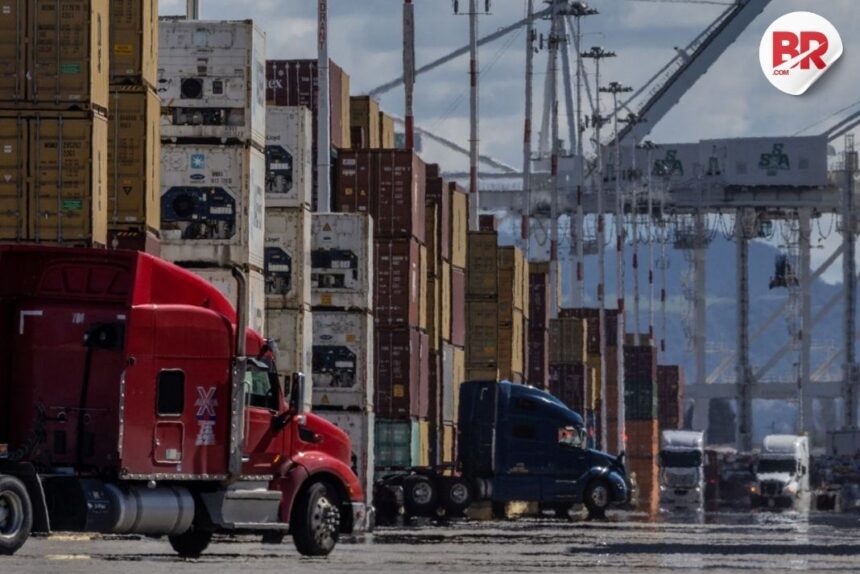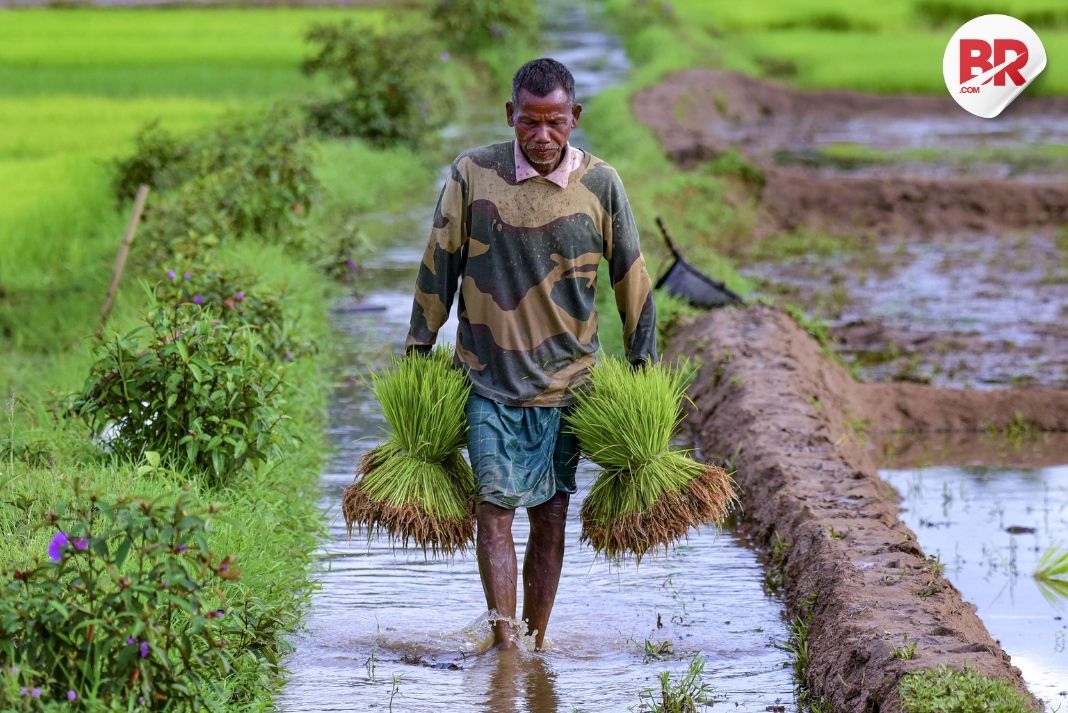
US Tariffs Are Hitting Developing Nations the Hardest
When the US imposes tariffs, developing nations often feel the biggest shock. These countries rely heavily on imported goods for survival and growth. But when the cost of imports rises due to US tariffs, everything gets more expensive—from food and fuel to raw materials for manufacturing.
It’s a domino effect that’s hard to stop once it begins.

The Domino Effect on Developing Nations
Let’s say a country imports steel from the US. If US tariffs go up, that steel becomes more expensive. Local businesses now pay more to build homes, cars, and machines. Prices go up, and so does inflation.
For families already struggling to afford basic items, this can be devastating. Many households in developing nations spend most of their income on necessities. When prices rise, they’re forced to cut back on food, healthcare, or education.
Worse still, factories might slow production or shut down due to high costs, leading to job losses. What starts as a trade decision in Washington quickly becomes a survival crisis in Nairobi, Dhaka, or Lima.
The Ripple Effects on the Global Economy
US tariffs don’t just affect one country—they send shockwaves across the world. Supply chains that stretch across continents are disrupted. A tariff on Chinese electronics might delay phone production in India or hike the cost of semiconductors in Brazil.
As exports from developing countries decline, so does their income. That means slower economic growth and shrinking government budgets. These nations may struggle to invest in infrastructure, healthcare, or education.
Meanwhile, consumers in the US also feel the pinch. Goods get pricier. Choices become limited. Industries like agriculture and car manufacturing suffer as overseas markets retaliate with their own tariffs.
According to the World Bank, trade tensions and rising tariffs can drag down global GDP, especially hurting countries with smaller, export-driven economies.
Also Read: Trump Just Hinted at Tariff Exceptions—The Reason Will Surprise You!
The Path Forward: How to Fix the Tariff Trap
There is a way out—but it takes teamwork.
First, open dialogue is key. The US and China must come back to the negotiating table. Trade deals should not just protect big economies but support global stability.
International bodies like the World Trade Organization (WTO) must step in to mediate. They can ensure fair rules and push for long-term cooperation.
Another smart move? Diversify supply chains. Relying too much on one country is risky. Spreading out suppliers across different regions can reduce the impact of any single tariff or trade disruption.
Developing nations can also strengthen local industries to become less dependent on imports. That means investing in technology, education, and infrastructure.
Frequently Asked Questions
How do US tariffs affect global trade?
US tariffs raise the cost of imported goods, which can trigger global inflation, disrupt supply chains, and hurt economies—especially in developing countries.
What can be done to reduce the effects of tariffs?
Dialogue between nations, using the WTO to mediate trade disputes, and creating diverse, resilient supply chains are all effective ways to minimize the fallout.
Why are developing countries more vulnerable to tariffs?
They rely more on imported goods and often lack the financial strength to absorb rising costs, making them more exposed to inflation, shortages, and job loss.
Conclusion: Every Tariff Tells a Story
US tariffs aren’t just numbers on paper. They tell the story of rising prices, lost jobs, and fragile economies. While trade policy may start in powerful capitals, its impact is most deeply felt in the world’s most vulnerable places.
The world must act together—not just to protect profits, but to prevent poverty and promote progress.












